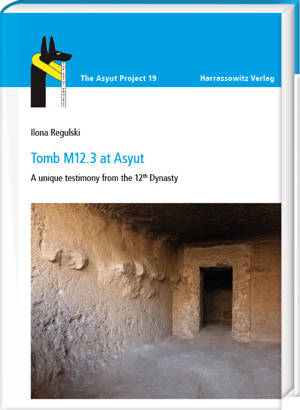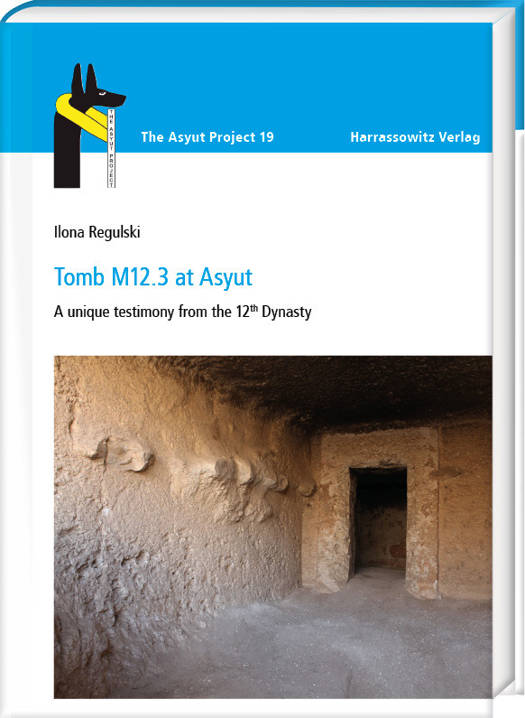
Door een staking bij bpost kan je online bestelling op dit moment iets langer onderweg zijn dan voorzien. Dringend iets nodig? Onze winkels ontvangen jou met open armen!
- Afhalen na 1 uur in een winkel met voorraad
- Gratis thuislevering in België vanaf € 30
- Ruim aanbod met 7 miljoen producten
Door een staking bij bpost kan je online bestelling op dit moment iets langer onderweg zijn dan voorzien. Dringend iets nodig? Onze winkels ontvangen jou met open armen!
- Afhalen na 1 uur in een winkel met voorraad
- Gratis thuislevering in België vanaf € 30
- Ruim aanbod met 7 miljoen producten
Zoeken
Omschrijving
The ancient elite of Asyut was buried in the mountains above the city in the necropolis of the Western Mountain. The Gebel Asyut el-Gharbi is penetrated by hundreds, if not thousands of tombs and quarries. The most powerful families of the thirteenth Upper Egyptian nome were buried here in monumental rock tombs to celebrate their rule in perpetuity. Asyut's ancient necropolis has generally been most famous for the impressive tombs from the First Intermediate Period and the early 12th Dynasty (2205-1900 BC). The result of renewed fieldwork is a more complete picture of the mountain's use over a period of five thousand years. Ilona Regulski's publication contributes to the rediscovery of Asyut by presenting tomb M12.3, the final resting place of the deputy Khety, who lived and worked during the reign of King Amenemhat III at the end of the 12th Dynasty. As there is a general lack of decorated tombs from this time in this part of Egypt, the volume will hopefully provide valuable parallel text and iconographic material.
Specificaties
Betrokkenen
- Auteur(s):
- Uitgeverij:
Inhoud
- Aantal bladzijden:
- 118
- Taal:
- Engels
- Reeks:
- Reeksnummer:
- nr. 19
Eigenschappen
- Productcode (EAN):
- 9783447121637
- Verschijningsdatum:
- 17/04/2024
- Uitvoering:
- Hardcover
- Formaat:
- Genaaid
- Afmetingen:
- 177 mm x 15 mm
- Gewicht:
- 1115 g

Alleen bij Standaard Boekhandel
+ 134 punten op je klantenkaart van Standaard Boekhandel
Beoordelingen
We publiceren alleen reviews die voldoen aan de voorwaarden voor reviews. Bekijk onze voorwaarden voor reviews.











